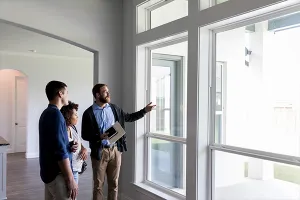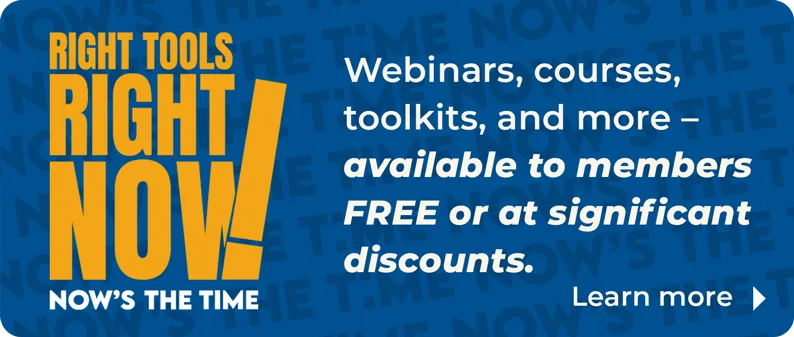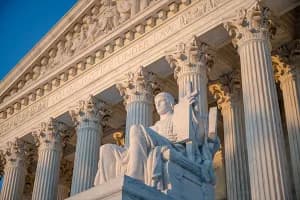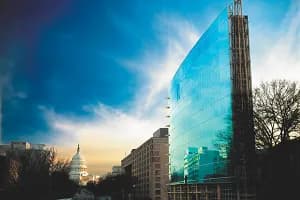
Getting outside to see the wonders of our natural world is an incredible tonic—and a chance to reflect on our responsibilities as real estate professionals.
My husband, Brian, and I own 733 rough, beautiful, and wild acres in Texas. It’s a habitat for great horned owls, deer, wild hogs, many bird and butterfly species, and mountain lions. We have 240 acres of drought-tolerant native grasses—some as tall as a person—that provide nesting habitats and prevent runoff. More than 400 acres of hardwood forests reduce carbon, and 83 acres of bottomlands help reduce the severity of flooding to other communities. We love to walk the property with our kids and with visiting school groups, listening for the sounds of wildlife. It brings us well-being. And it’s a place that reminds us every day of the importance of caring for the land.
While land conservation is my family’s passion, good stewardship is critical to the built environment, too. Many of the speakers at the National Association of REALTORS®’ first C5 Summit drove home that point. Speakers in several panels said they’re eager to wrap their arms around solutions that cut waste, reduce carbon emissions, and increase buildings’ resilience. With global real estate floor space predicted to double by 2060, one speaker said, the industry needs to address sustainability head-on.
NAR is doing just that through our 10-year Sustainability and Resilience Plan, released in 2020. The plan encourages all three levels of the REALTOR® organization-national, state, and local—to be good stewards through actions that focus on environmental, social, governance, and resilience benefits.
We're setting the bar high with the modernization of our Chicago headquarters—our Master Vision Project—completing the most sweeping updates to the building since 1962. The project was initiated in 2018. Under normal operations, we expect to see up to 25% in energy savings from the installation of new mechanical systems and a 75% reduction in energy consumption from the new elevator system. Materials, resources, and waste tracking all aim to meet LEED standards. In fact, a primary focus of the project is to maintain the LEED Gold rating for existing building operations and maintenance that NAR earned in 2011. Meanwhile, NAR’s Washington, D.C., building will achieve LEED’s Well Certification after we complete its remodel in 2023. This certification, recognizing the highest level of air and water quality, emergency preparedness, and cleaning and sanitation standards, has taken on greater significance with COVID-19.
Besides operational savings and environmental benefits, sustainability offers other benefits for our businesses. Investors recognize extreme weather as a business risk, and insurance can only go so far. Increasingly, investors view infrastructure resilience as more than just a competitive advantage. (See “Green by Necessity” in the Fall 2021 issue.)
To be leaders in creating healthy, vibrant communities for citizens of all income levels and for the generations that follow, we need to prioritize communitywide sustainability, not just for the buildings we own and operate but also for infrastructure we enjoy, including transportation and broadband internet. NAR has been a strong advocate for infrastructure improvements; we supported many elements of the bipartisan infrastructure legislation, including investment in broadband, that passed in November. At the same time, we’ve been vigilant in finding ways to mitigate regulatory burdens. The better we are at developing industry-based solutions, the less need there will be for government intervention.
I look forward to leading NAR on this and other critical issues as your 2022 president. Please join me in making energy efficiency, sustainability, and resiliency a part of the plan for your business and for the buildings you own, manage, and develop. Join me in learning how you can advance land conservation in your area. And, finally, join me in making outdoor time a priority in your life. It’s so important to health and well-being, and it’s the best way to stay in touch with what your community—your whole community—needs.









